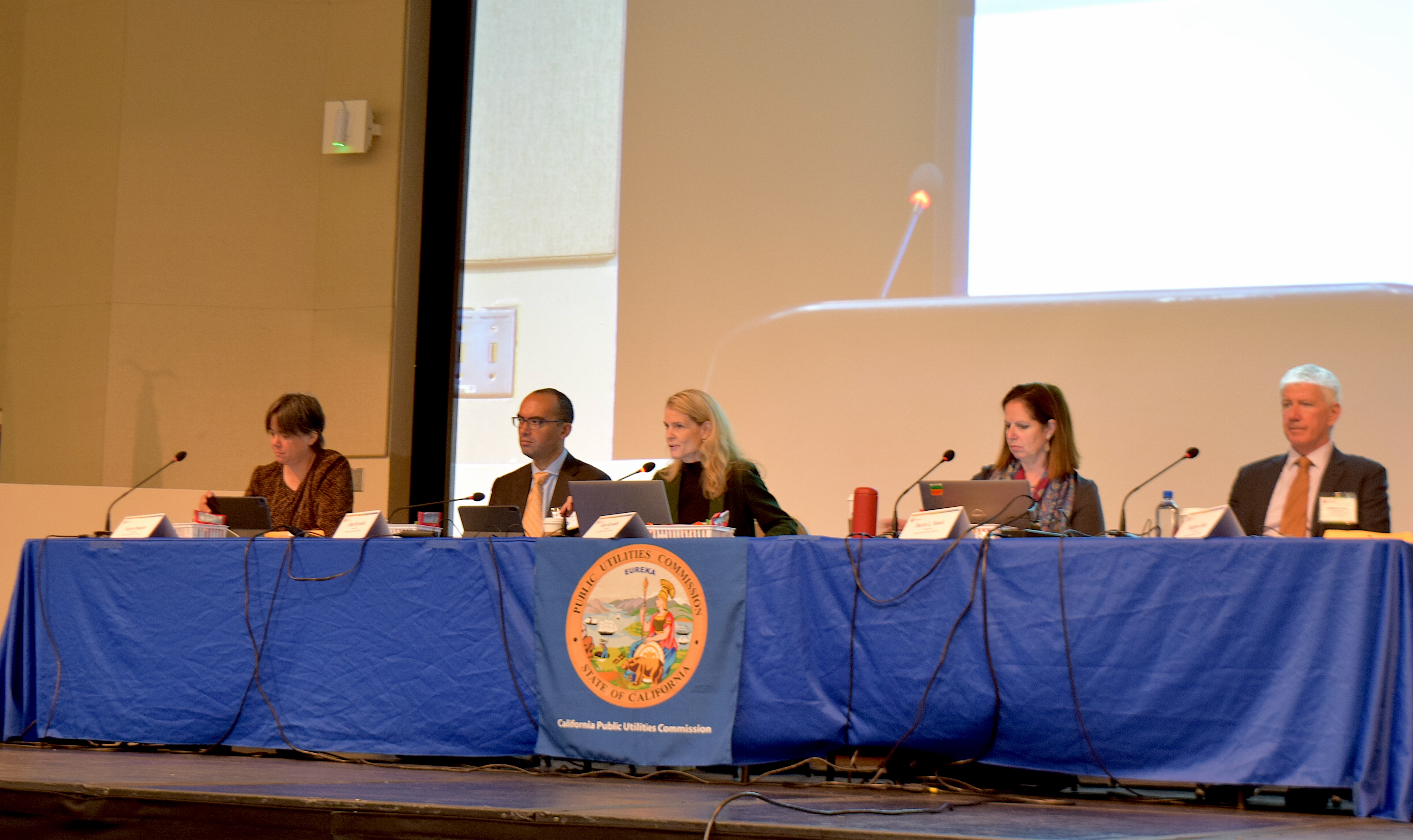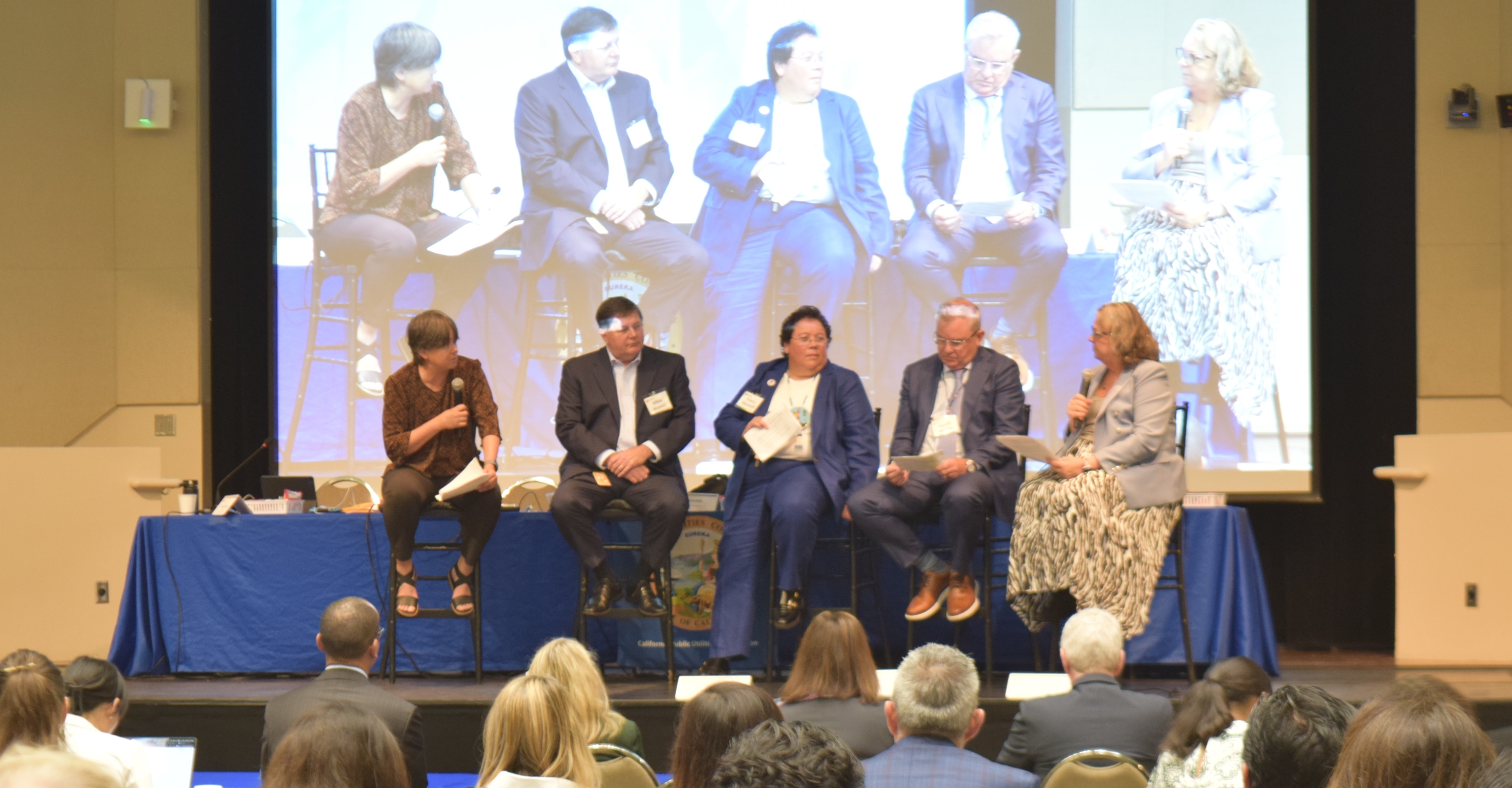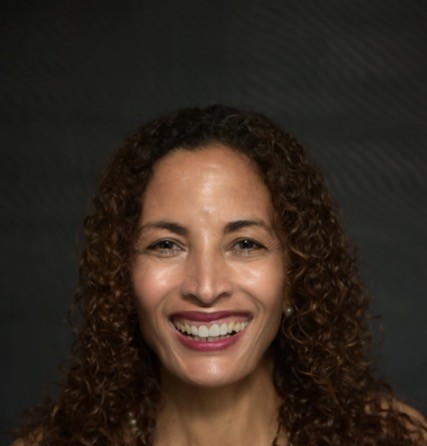CPUC Supplier Diversity En Banc Highlights the Power of Inclusive Procurement
Expert Insights

At a time when California’s energy transition and infrastructure demands are accelerating, the California Public Utilities Commission (CPUC) used its recent 23rd Annual Supplier Diversity En Banc to reaffirm a powerful message: advancing equitable policies is not only about doing what is right, but also a powerful economic strategy.
Hosted at the Carson Event Center in Southern California, the En Banc convened CPUC Commissioners, legislators, utility executives, and community advocates to examine the progress and future of General Order (GO) 156, the state’s framework for supplier diversity and equitable procurement.

CPUC President Alice Reynolds presides over the 23rd Annual Supplier Diversity En Banc.
A Framework for Inclusive Growth
GO 156, adopted in 1986, requires utilities under CPUC jurisdiction to increase business opportunities for minority-, women-, disabled veteran–, and LGBTQ-owned enterprises. Nearly four decades later, the framework has evolved from an aspirational policy into a cornerstone of California’s inclusive economy.
In 2024 alone, participating utilities collectively reported $13.1 billion in spending with certified diverse suppliers, an achievement that underscores both the scale and the stakes of equitable procurement in the state’s $400 billion energy and utilities ecosystem.
“Supplier diversity is not an add-on, it’s integral to how California builds resilience,” said Stephanie Green, Senior Program Manager for the CPUC’s Utility Supplier Diversity Program. “When we invest in diverse businesses, we’re investing in innovation, community stability, and ultimately in better value for ratepayers.”
Why It Matters for Ratepayers
While much of the discussion centered on procurement, the implications go far beyond corporate supply chains. For utility customers, the CPUC’s diversity program helps ensure that their utilities reinvest ratepayer dollars equitably, creating jobs and stimulating economic activity in underserved communities.
CPUC President Alice Reynolds emphasized that inclusive procurement goes beyond equity; it also enhances reliability and affordability. “When local businesses thrive, they reinvest in their neighborhoods, which strengthens our economic fabric and keeps our utility systems more adaptive and responsive,” she said.
For ratepayers, this means that the transition to clean energy and modernization isn’t only about new technology, it’s about who participates in building it.
Challenges and Opportunities Ahead
Despite measurable progress, panelists acknowledged barriers: certification hurdles, limited access to capital, and rising insurance costs continue to constrain small and diverse suppliers.
At a community panel at the En Banc featuring chambers of commerce and advocacy leaders, participants called for expanded mentorship and clearer pathways for emerging businesses to compete for contracts. “We need to meet suppliers where they are,” Green noted, adding that the CPUC is working with utilities to “simplify processes, improve transparency, and make sure that opportunity is not defined by scale.”
Utilities are also adapting their programs to address structural barriers. Southern California Edison’s Edison Edge mentorship program, SoCalGas’s Quick Pay initiative, and Verizon’s Small Business Accelerator were cited as examples of how large companies are evolving procurement to be more inclusive.
Clean Energy and Equity: A Shared Horizon
As California pursues ambitious decarbonization goals, supplier diversity is increasingly linked to the state’s clean-energy future. Utilities reported growing opportunities for small firms in areas such as grid modernization, EV charging, AI integration, and wildfire mitigation.
“Clean energy transformation must be a collective effort,” said Green. “If we build a sustainable future without inclusivity, we’re missing the point, and missing out on talent and innovation that drive results.”

CPUC Commissioner Karen Douglas moderates fireside chat exploring collaboration in clean energy.
Setting a National Standard
The 2025 En Banc made clear that California continues to set the national benchmark for equitable participation in utility procurement. But the day’s conversations also highlighted a broader truth: supplier diversity is about open and competitive procurement for all businesses, and it’s about transforming systems.
As President Reynolds summed up, inclusive procurement strengthens innovation, reliability, and community prosperity.
For California’s ratepayers, that means the benefits of clean energy and infrastructure modernization are more equitably shared, ensuring that the state’s progress is both sustainable and inclusive.
By Stephanie Green, Senior Program Manager, CPUC Utility Supplier Diversity Program

Stephanie Green, Senior Program Manager, CPUC Utility Supplier Diversity Program
